Understanding Blow Molding Technology
What is Blow Molding?
Blow molding is a manufacturing process used to create hollow plastic products. It involves inflating heated plastic into a mold, forming items such as bottles, containers, and other complex shapes. This technology has revolutionized the packaging industry, enabling the mass production of various plastic items. The efficiency and versatility of blow molding make it a preferred choice for manufacturers in diverse sectors, from consumer goods to automotive components.
Types of Blow Molding Processes
There are three primary types of blow molding processes: extrusion blow molding, injection blow molding, and stretch blow molding.
- Extrusion Blow Molding: This involves melting plastic and extruding it through a die to form a tube, which is then inflated within the mold. It’s widely used for producing bottles and large containers.
- Injection Blow Molding: This method combines injection molding and blow molding. It begins with injecting plastic into a preform mold and then blowing air to shape the preform into a finished product. It’s ideal for small to medium-sized containers with high precision.
- Stretch Blow Molding: This technique is used mainly for producing PET containers. It involves stretching the preform in both axial and radial directions while blowing, resulting in stronger and lighter products.
Applications of Blow Molding in Various Industries
Blow molding technology has vast applications across different industries. It is predominantly utilized in:
- Packaging: The majority of products manufactured via blow molding are used in packaging, especially food and beverage industries for producing bottles, jars, and containers.
- Automotive: Blow molding is used to create fuel tanks, bumpers, and dashboards, highlighting its versatility.
- Consumer Goods: Many household items like toys, battery cases, and outdoor equipment are produced using this process.
Choosing the Right Blow Molding Machine
Key Features to Consider
When selecting a blow molding machine, several key features are paramount:
- Machine Type: Depending on your production needs, the type of machine (extrusion, injection, or stretch blow molding) will significantly affect specifications and costs.
- Production Capacity: Assess your output needs to determine the required capacity, balancing efficiency with cost-effectiveness.
- Energy Consumption: Consider energy-efficient machines to reduce operational costs and environmental impact.
- Ease of Maintenance: Opt for machines that offer easy accessibility for repairs and maintenance, reducing downtime.
- Technological Features: Look for advanced features such as automation capabilities, software integration, and real-time monitoring systems.
Comparing Suppliers and Manufacturers
The landscape of blow molding machine suppliers is diverse. Each supplier can offer different capabilities, technologies, and levels of support. When comparing suppliers, consider:
- Reputation: Research potential suppliers and their track records. Established companies are often safer bets for reliability and support.
- Customization Options: Suppliers that offer customizable solutions can better meet your specific needs and production requirements.
- After-Sales Support: Evaluate the level of support offered post-purchase, including training, maintenance, and technical assistance.
- Warranty and Service Packages: Look for warranties that cover machine parts and services, ensuring long-term value and protection for your investment.
Cost Factors and Budgeting
Understanding the cost factors involved in acquiring a blow molding machine is crucial for effective budgeting. Several elements can influence the overall investment:
- Machine Type: The choice between extrusion, injection, or stretch blow molding machines will significantly affect costs.
- Features and Specifications: Higher-end machines with advanced technology and automation features can command a higher price but may offer better productivity and efficiency.
- Operating Costs: Factor in the energy consumption, maintenance, and tooling costs to gain a comprehensive view of the total expenses involved.
Advantages of Partnering with a Trusted Supplier
Quality Assurance and Reliability
Working with a trusted blow molding machine supplier ensures that you receive high-quality machinery built to industry standards. Look for suppliers that prioritize:
- Quality Control: Suppliers should implement rigorous quality assurance processes to maintain high production standards.
- Material Integrity: Machines that utilize high-quality materials will offer better durability and longevity, which is crucial for maintaining operational efficiency.
Technical Support and Maintenance Services
Reliable suppliers provide comprehensive technical support and maintenance services, ensuring that your operations run smoothly:
- Training Programs: Suppliers should offer training to help your team understand machine operations and maintenance protocols.
- Prompt Support: Quick response times for technical queries or equipment malfunctions can mitigate production downtime.
Innovations in Machine Technology
A trusted supplier is often at the forefront of the latest innovations in blow molding technology. This can provide invaluable benefits, including:
- Enhanced Efficiency: Cutting-edge technologies can significantly improve production speeds and energy efficiency.
- Environmentally Friendly Solutions: New developments often focus on reducing material waste and energy consumption, which can lower overall operating costs.
Case Studies of Successful Blow Molding Projects
Industry-Specific Applications
Numerous industries have successfully integrated blow molding technology into their production lines. For example:
- Beverage Industry: A leading beverage company used advanced stretch blow molding machines to enhance their bottle production, achieving a 30% increase in output.
- Automotive Sector: An automotive manufacturer adopted injection blow molding for producing complex, lightweight components that improved fuel efficiency in cars.
Client Satisfaction and Feedback
Client feedback is essential in evaluating the effectiveness of blow molding solutions. Success stories abound, where companies have reported:
- Reduced Cycle Times: Enhanced machinery allowed some clients to cut their production times in half.
- Increased Product Quality: Many customers noted significant gains in the quality and consistency of finished products.
Performance Metrics and Results
The performance of blow molding projects can be assessed through various metrics, such as:
- Cost Savings: Companies often see a reduction in material and labor costs due to increased efficiency.
- Shift in Production Dynamics: Transitioning to more advanced machines can lead to a production shift from manual labor to automated processes, streamlining operations.
Future Trends in Blow Molding
Sustainable Practices in Manufacturing
Sustainability is becoming increasingly important in manufacturing processes, and blow molding technology is evolving to meet these challenges:
- Recyclable Materials: Future blow molding machines are being designed to work with recyclable plastics, reducing environmental impact.
- Energy-Efficient Solutions: Innovations aim to lower energy usage during production, aligning with global sustainability goals.
Technological Advancements and Automation
As technology advances, blow molding machines are becoming more automated. Aspects of this trend include:
- IoT Integration: Machines equipped with Internet of Things (IoT) capabilities allow for real-time monitoring and remote access, aiding in preventive maintenance.
- Enhanced Robotics: Automated robotic arms are being deployed for secondary operations, increasing productivity and safety.
Market Growth and Demand Predictions
The growing demand for plastic products globally suggests a robust future for the blow molding industry. Key trends driving demand include:
- Rising Consumer Goods Production: Consumer goods manufacturers are increasingly relying on blow molding for efficient, high-volume production.
- Expansion of Eco-Friendly Products: As environmental concerns grow, the market for sustainable plastic products is expected to expand, necessitating innovative blow molding techniques.
For businesses seeking a reliable Blow Molding Machine Supplier, understanding these trends and incorporating modern technology can aid in establishing a competitive edge in an evolving marketplace.
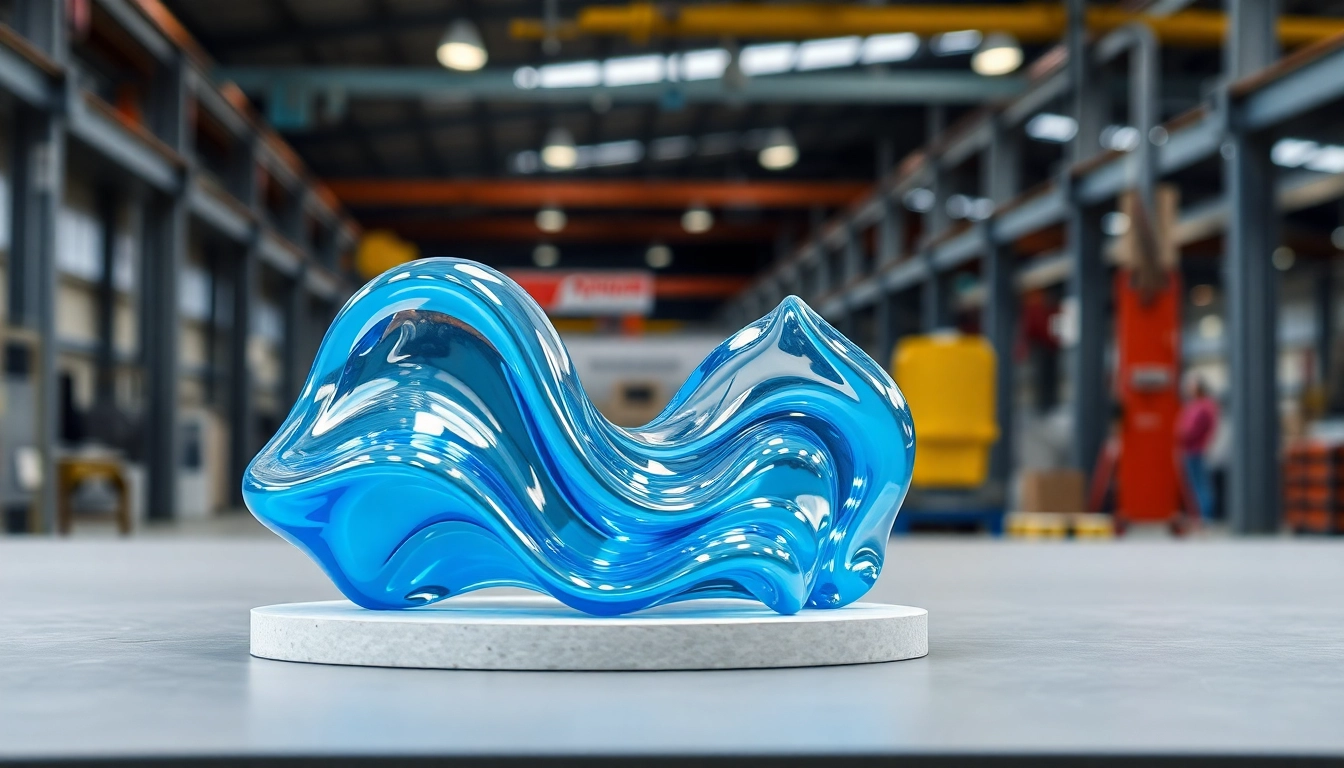

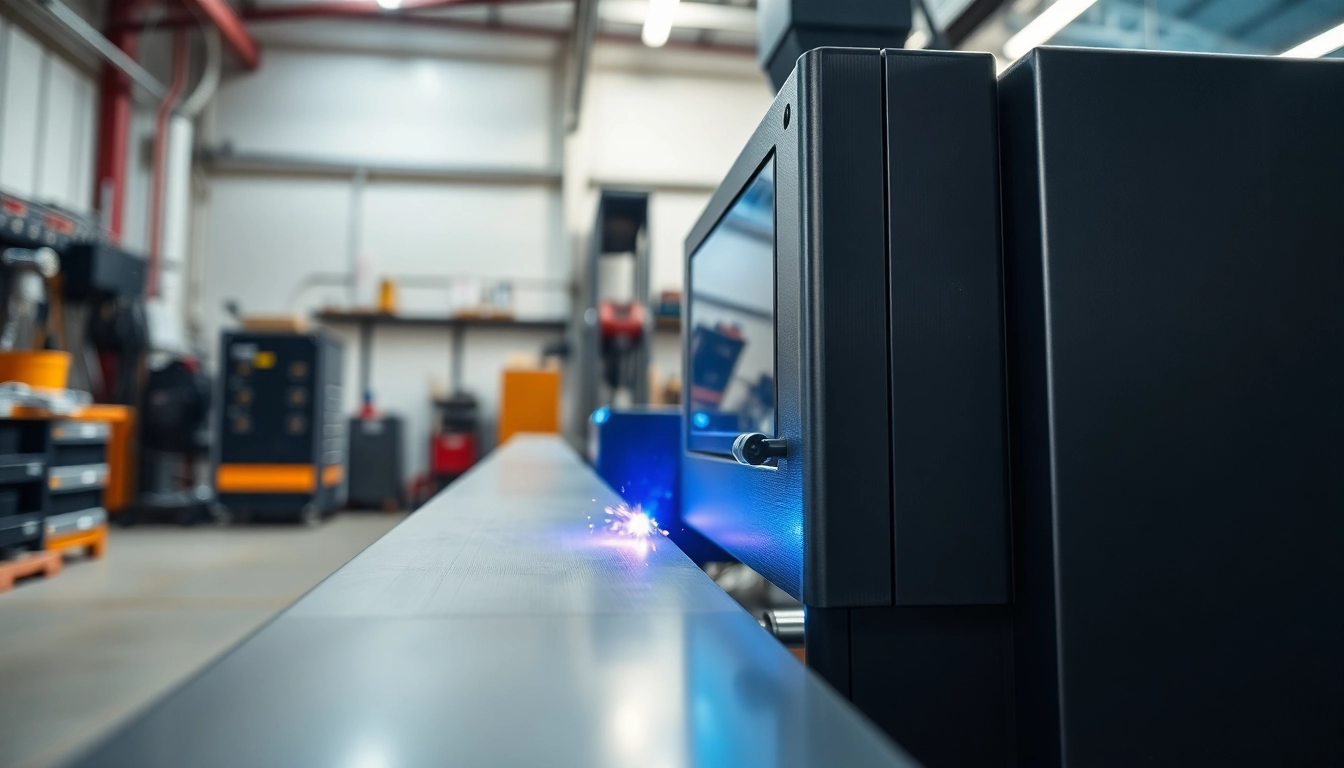


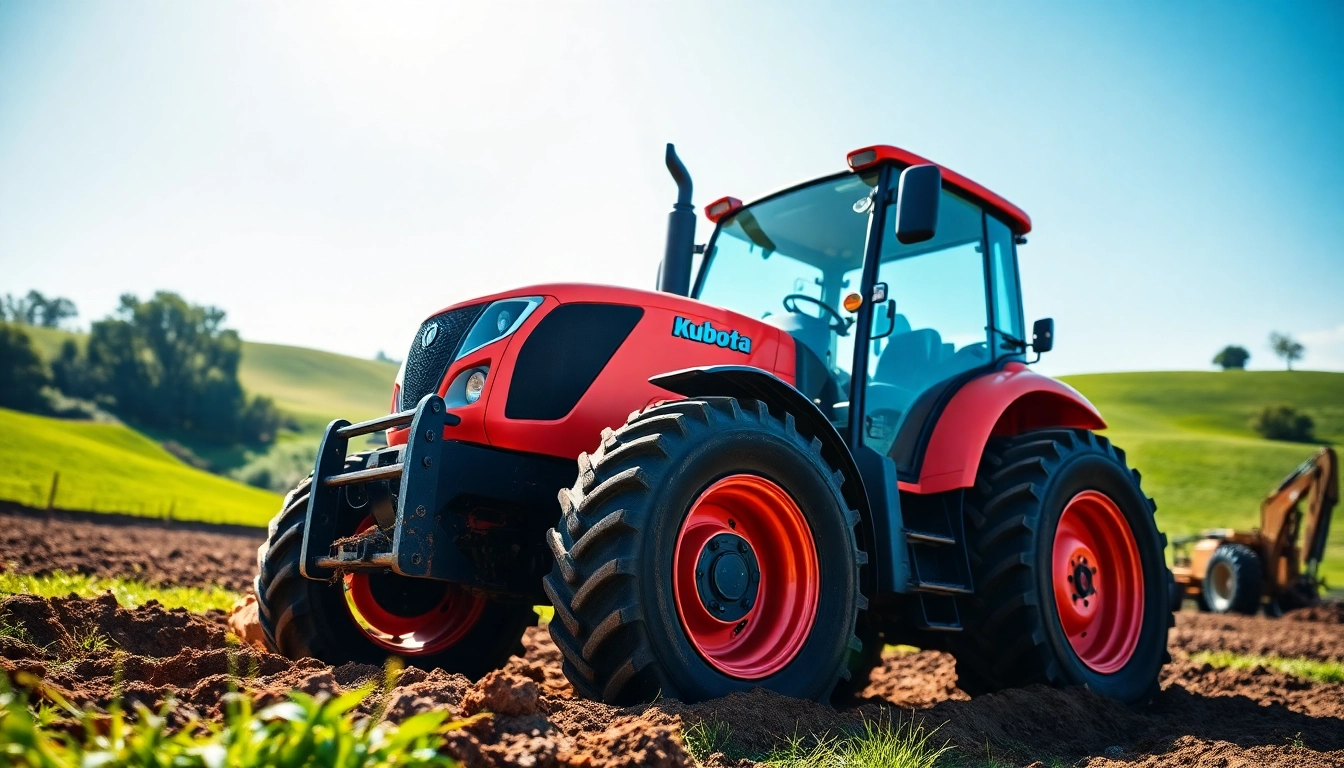

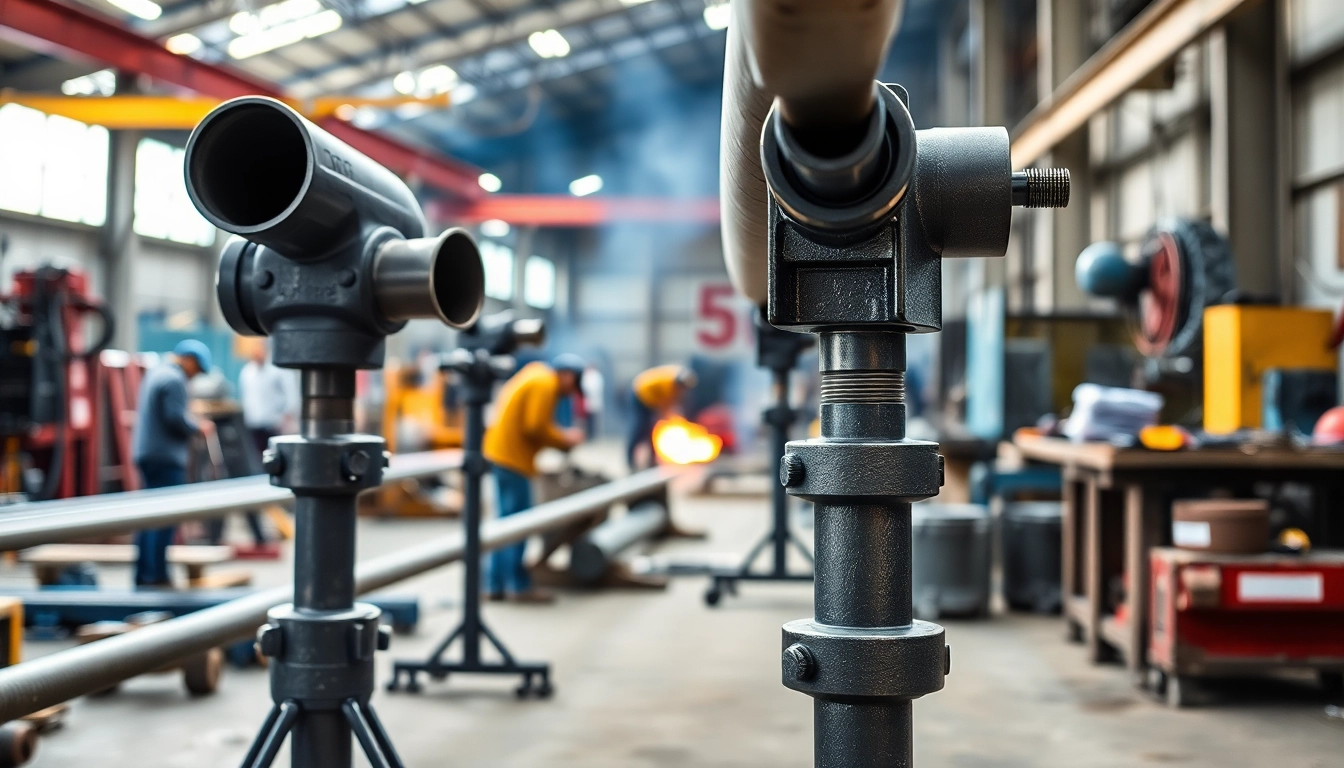


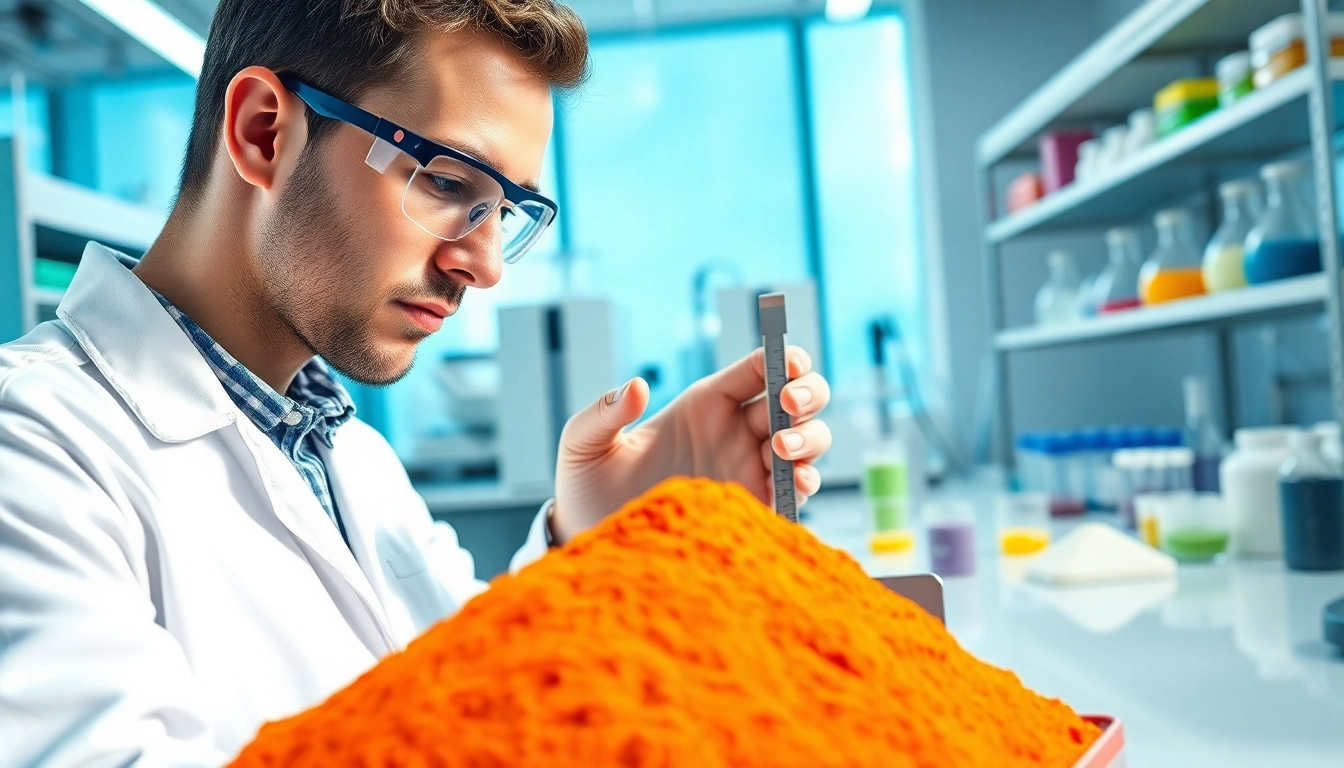




Leave a Reply